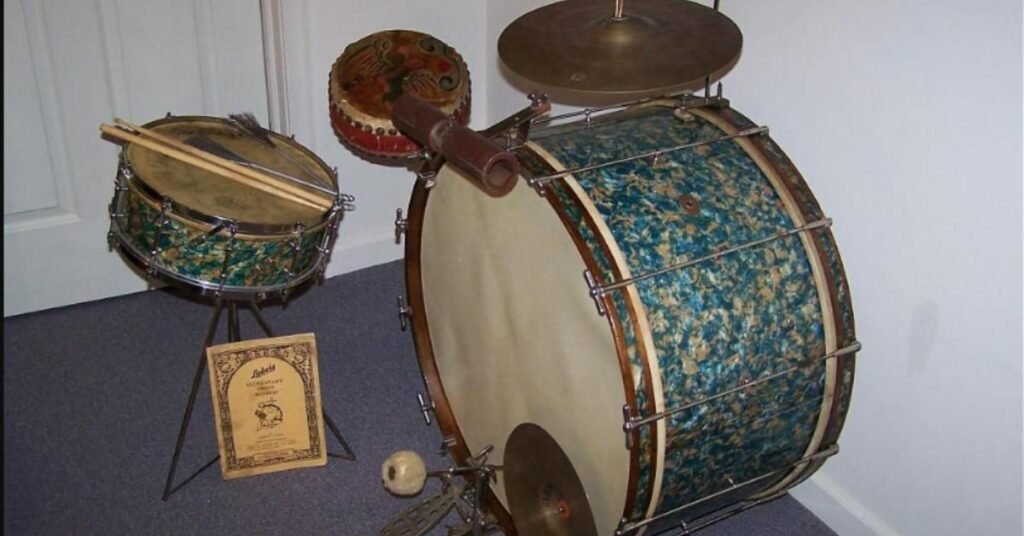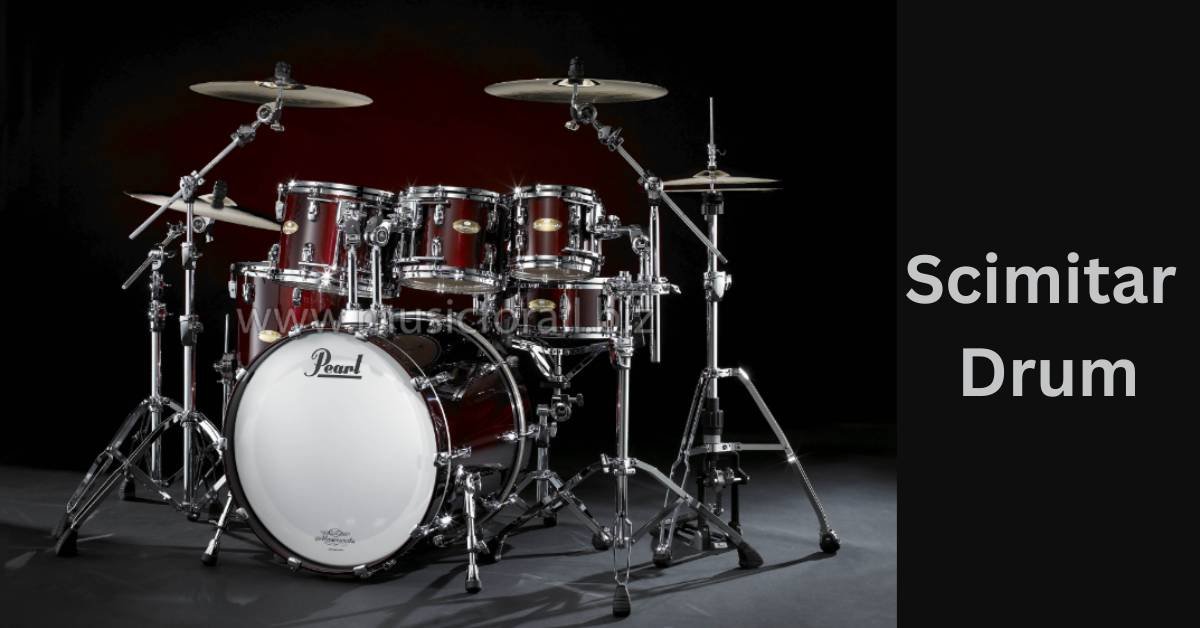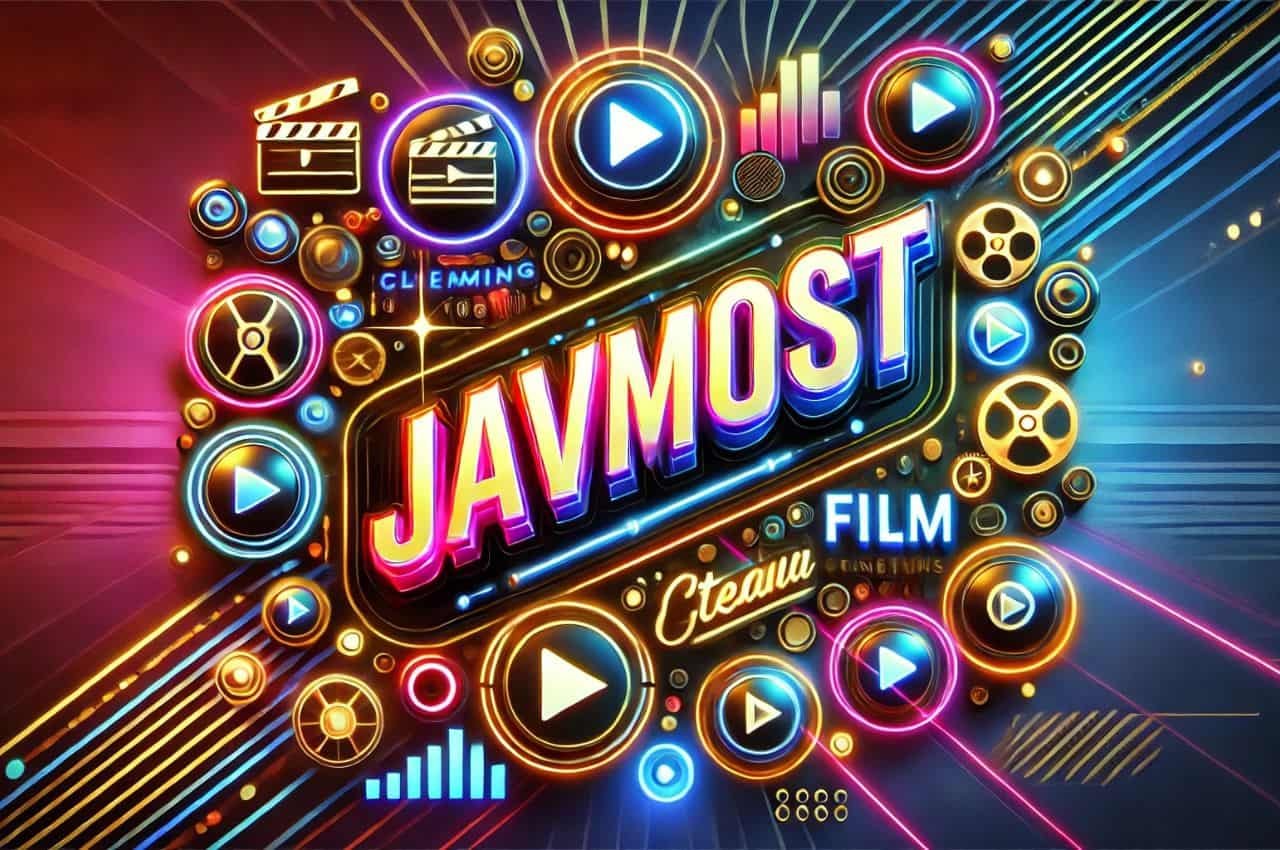Introduction
The term scimitar drum may evoke various images, depending on the context in which it is used. The scimitar, a curved sword associated primarily with Middle Eastern cultures, and the drum, a fundamental percussion instrument, seem unusual.
Yet, the merging of these two distinct elements can lead to rich cultural symbolism, musical innovation, or even literary metaphor.
This article delves into the possible meanings and uses of the “scimitar drum,” exploring its significance across different domains.
Historical and Cultural Significance
The scimitar is a traditional curved sword across the Middle East, North Africa, and Central Asia. It has deep historical roots and is often associated with warriors and empires, such as the Ottoman Turks, Mughals, and Persians. The scimitar’s iconic shape symbolizes strength, agility, and a warrior’s grace.
On the other hand, the drum is one of the oldest musical instruments known to humanity. Its primal rhythms have been integral to communication, spiritual rituals, and entertainment worldwide. Drums carry a culture’s heartbeat, resonating with the collective pulse of societies throughout history.
When these two elements are combined into a “scimitar drum,” it might represent a synthesis of martial prowess and the cultural heartbeat, symbolizing a warlike energy blended with a rhythmic pulse of tradition. This fusion could be imagined as a drum designed with scimitar-like curves or using scimitars to strike drums, integrating the aggressive with the melodic.
The Scimitar Drum in Musical Innovation
In a more literal sense, the “scimitar drum” could be a term used to describe an innovative musical instrument or a specific drumming technique. The design could involve a drum with scimitar-like shapes carved or painted on its surface, adding a visual and symbolic layer to the music it produces.
The sound produced by such an instrument could be sharp and cutting, much like the blade of a scimitar, creating a unique auditory experience that stands apart from traditional percussion instruments.
The scimitar drum could symbolize a bridge between the ancient and the new in contemporary music, especially in genres that blend traditional and modern elements. It could be used in world music ensembles, film scores, or theatrical performances that seek to evoke the ambiance of Middle Eastern or Central Asian settings.
The imagery and sound associated with the scimitar drum would be powerful, invoking nostalgia and innovation.
Symbolism in Literature and Art
Beyond its possible physical or musical interpretation, the “scimitar drum” can also be understood as a potent symbol in literature and art.
Authors and artists might use the term metaphorically to represent conflict and harmony, the juxtaposition of war and peace, or the balance between destruction and creation.
In literature, a scimitar drum could metaphorize a character or society that balances strength with cultural richness. It might symbolize the dual nature of humanity, where the capacity for violence coexists with the need for expression and community.
A story featuring a scimitar drum might explore themes of transformation, where characters learn to channel their martial instincts into creative endeavors, using music or art to heal from the scars of battle.
Artists might depict a scimitar drum in paintings or sculptures to evoke a sense of tension between opposing forces.
The imagery could be stark and dramatic, capturing the viewer’s attention and prompting them to reflect on the complex relationships between different aspects of human nature.
The Scimitar Drum in Popular Culture
In modern popular culture, the scimitar drum can be found in various media, from movies to video games. In action or fantasy films, a scimitar drum might be featured in scenes that require a unique and culturally resonant soundtrack.
The sharp, resonant beats of the drum could accompany battle sequences or moments of high tension, enhancing the scene’s emotional impact.
In video games, especially those set in fantastical or historically inspired worlds, the scimitar drum might be an artifact or weapon players can use or encounter.
Its design could reflect the game’s cultural influences, and its sound could be part of the game’s auditory landscape, adding depth to the player’s experience.
The Scimitar Drum as a Metaphor for Modern Challenges
On a more philosophical level, the scimitar drum is a metaphor for the challenges faced by modern society. In a world where conflict and creativity often coexist uneasily, the scimitar drum might represent the need to find harmony amidst discord.

Just as a drummer must strike the right balance to produce rhythm, societies must navigate the tension between progress and tradition, peace and conflict.
This metaphor could be particularly relevant in discussions about cultural preservation. The “scimitar” represents the forces of change and globalization, and the “drum” symbolizes the steady beat of cultural identity.
In this context, the scimitar drum becomes a symbol of resilience, reflecting the ability of cultures to adapt and thrive even in the face of external pressures.
Conclusion
While not widely recognized, the “scimitar drum” offers many interpretive possibilities. Whether understood as a physical object, a musical innovation, a literary symbol, or a metaphor for modern challenges, it captures the imagination and invites reflection on the intersections of culture, history, and art.
As we move forward in an increasingly interconnected world, the concept of the scimitar drum reminds us of the power of symbols and the importance of balancing the forces that shape our lives. Whether in the hands of a musician, an artist, or a writer, the scimitar drum can be a powerful tool for exploring the complexities of human experience, resonating with the deep rhythms of our shared history and the sharp edges of our future.
Latest post!
- Whatsapp Just Launched Exciting Design Changes and Fun New Features for Chats!
- Locksmith Soho NYC: Ensuring Your Security with Trusted Locksmith Services
- The Ultimate Guide to Toilet Leakage in Singapore What Every Homeowner Needs to Know
- Technical Insights: Pipe and Sewer Unblocking Services in Barcelona
- How to Choose the Right Skid Steer Size for Your Project
- Naomi Swap: A Revolutionary Concept Changing How We View Fashion










